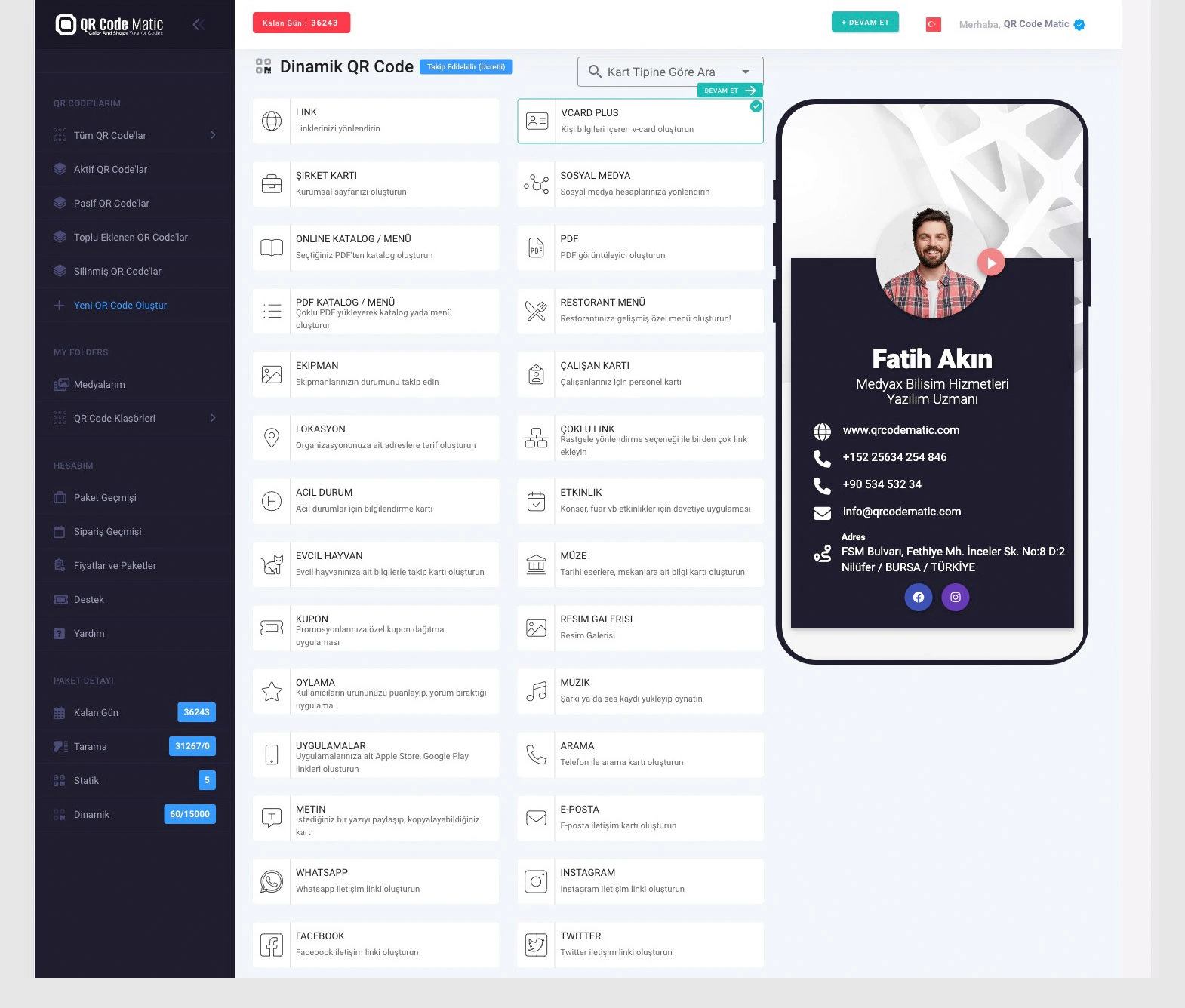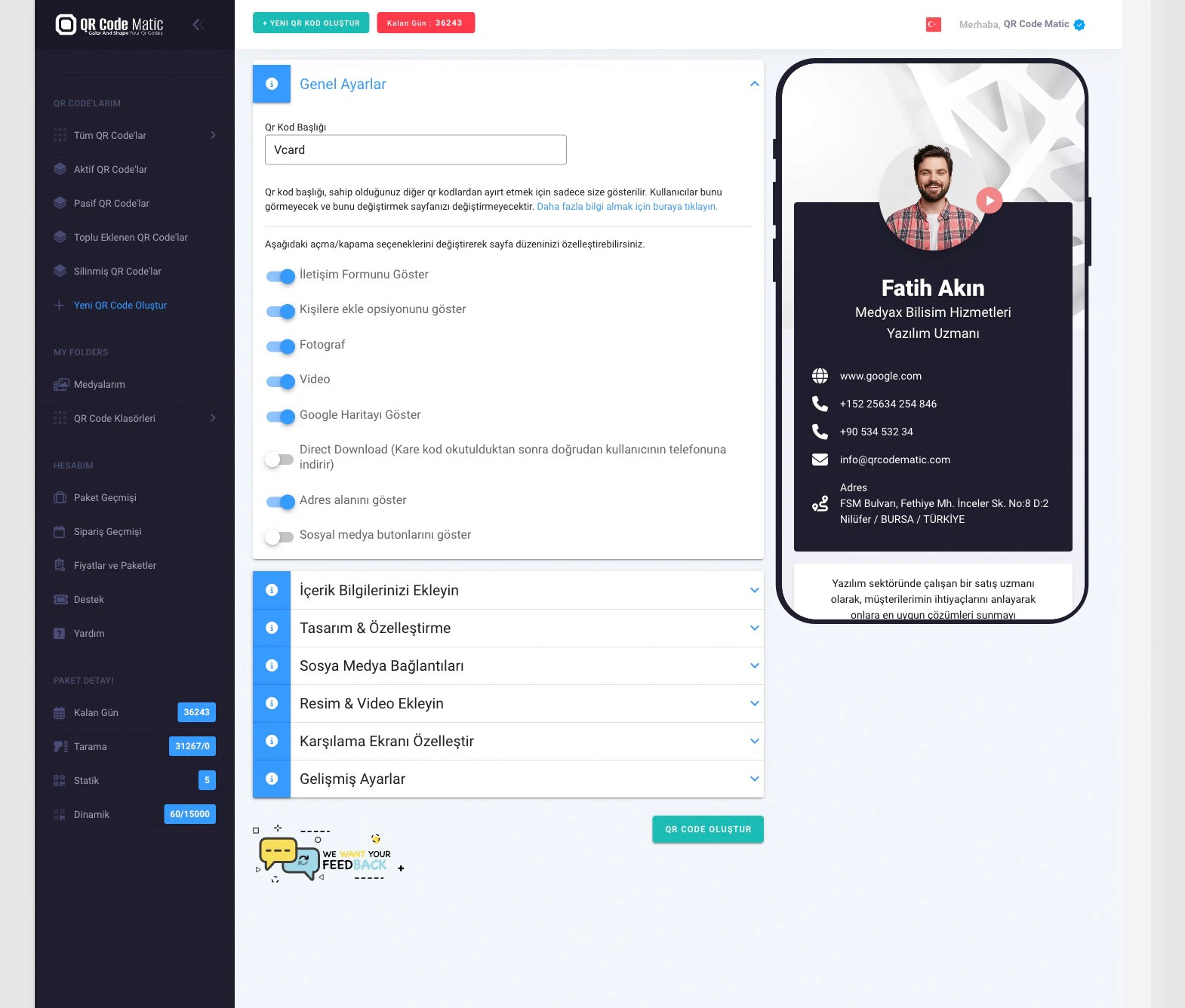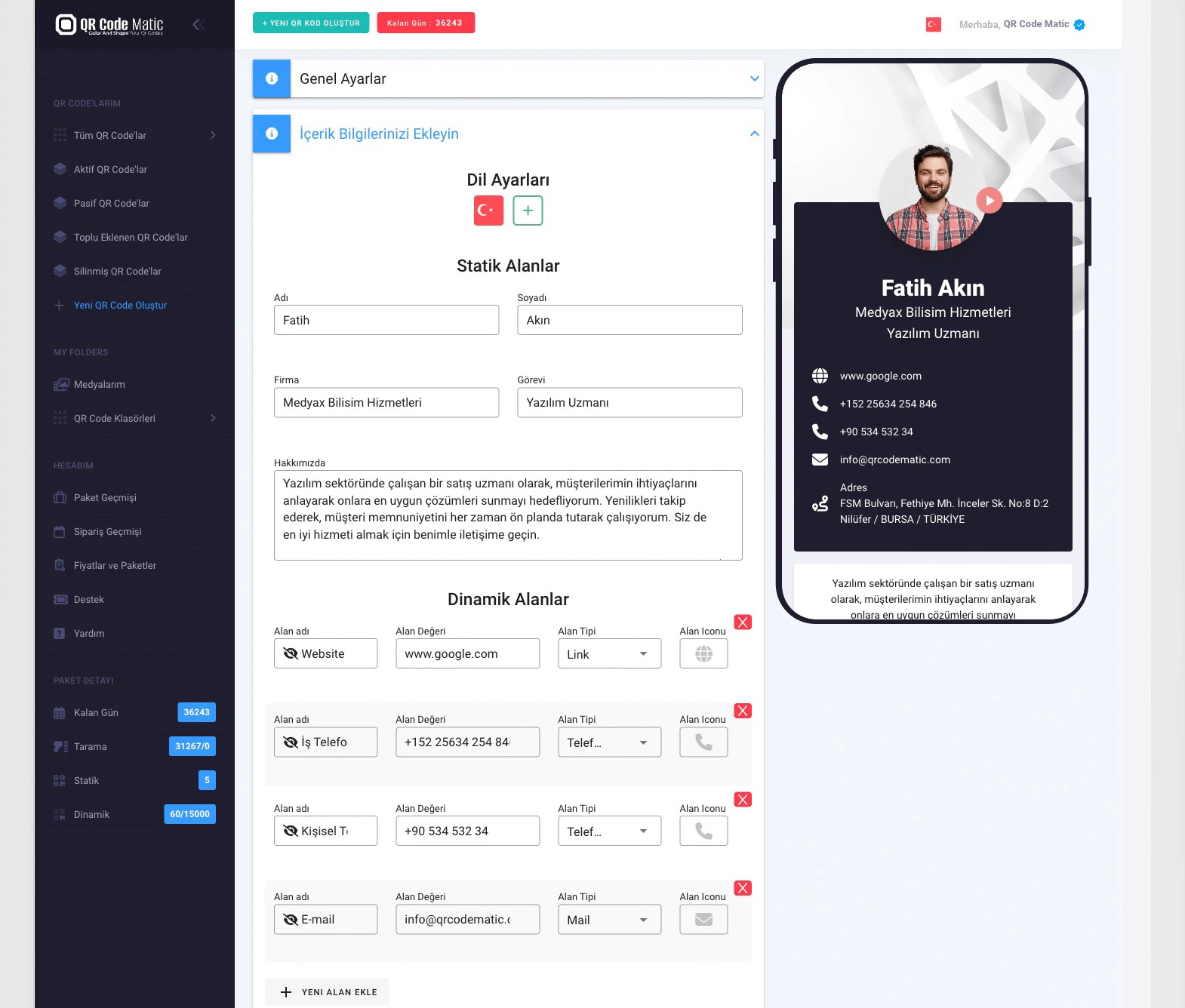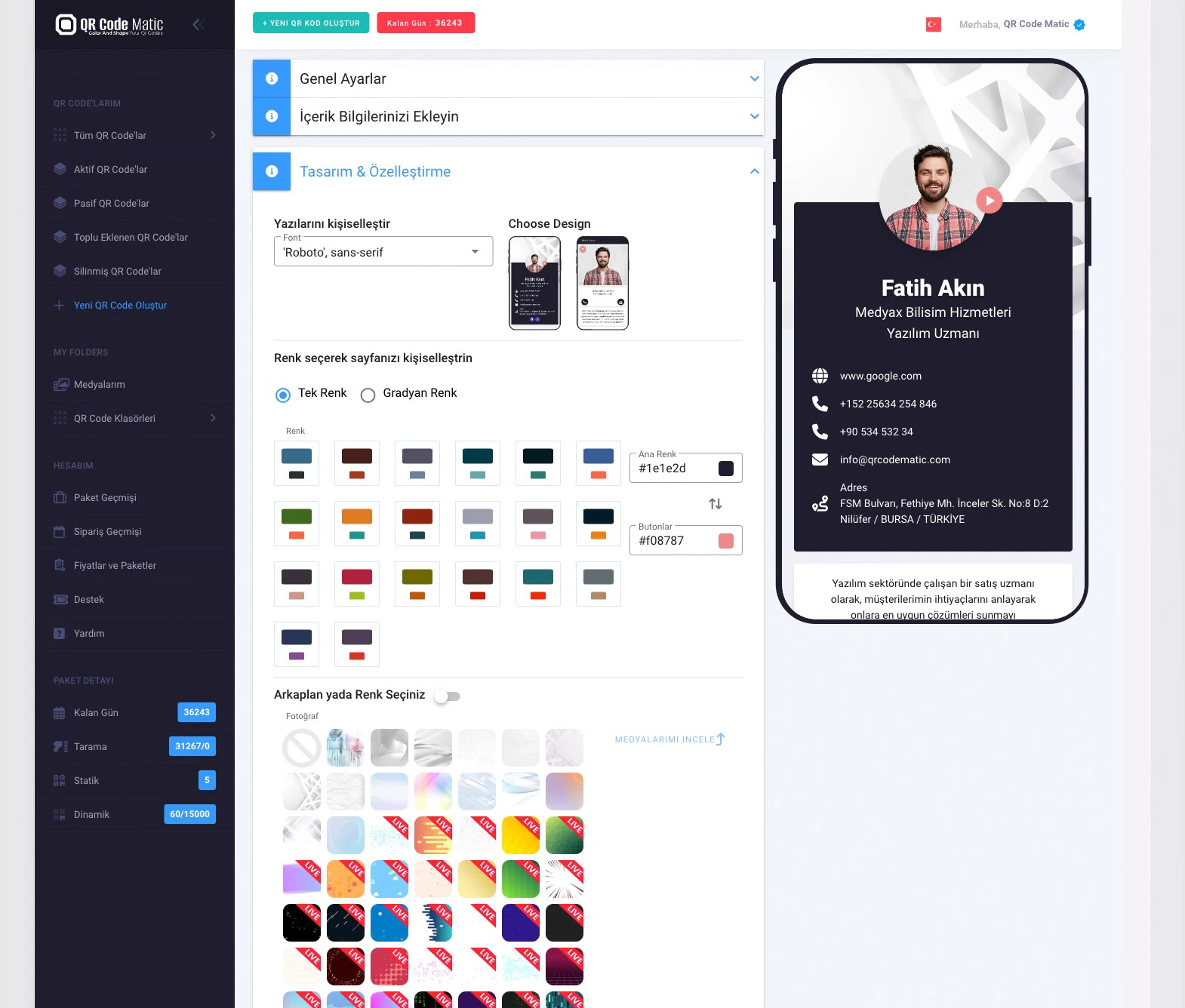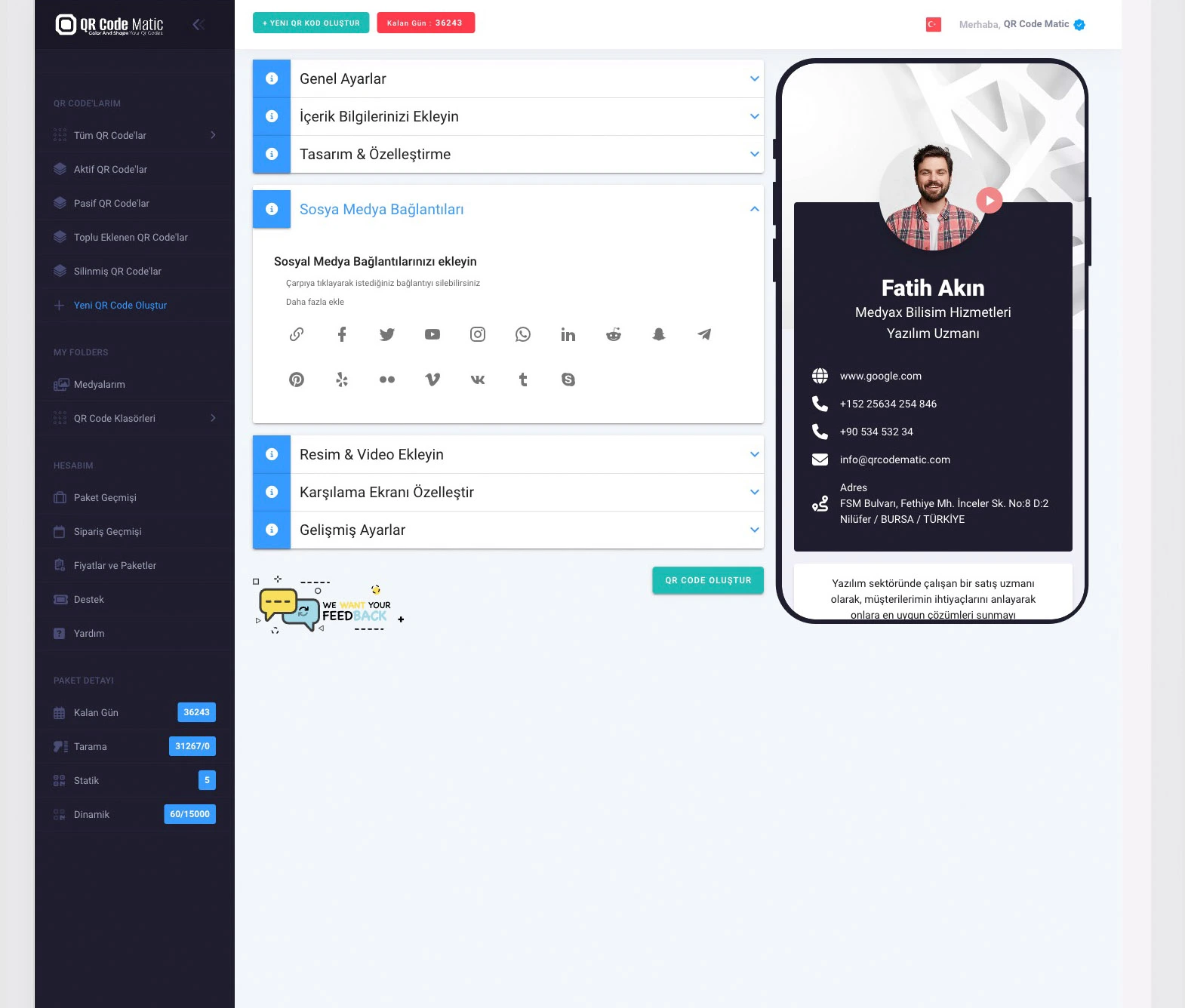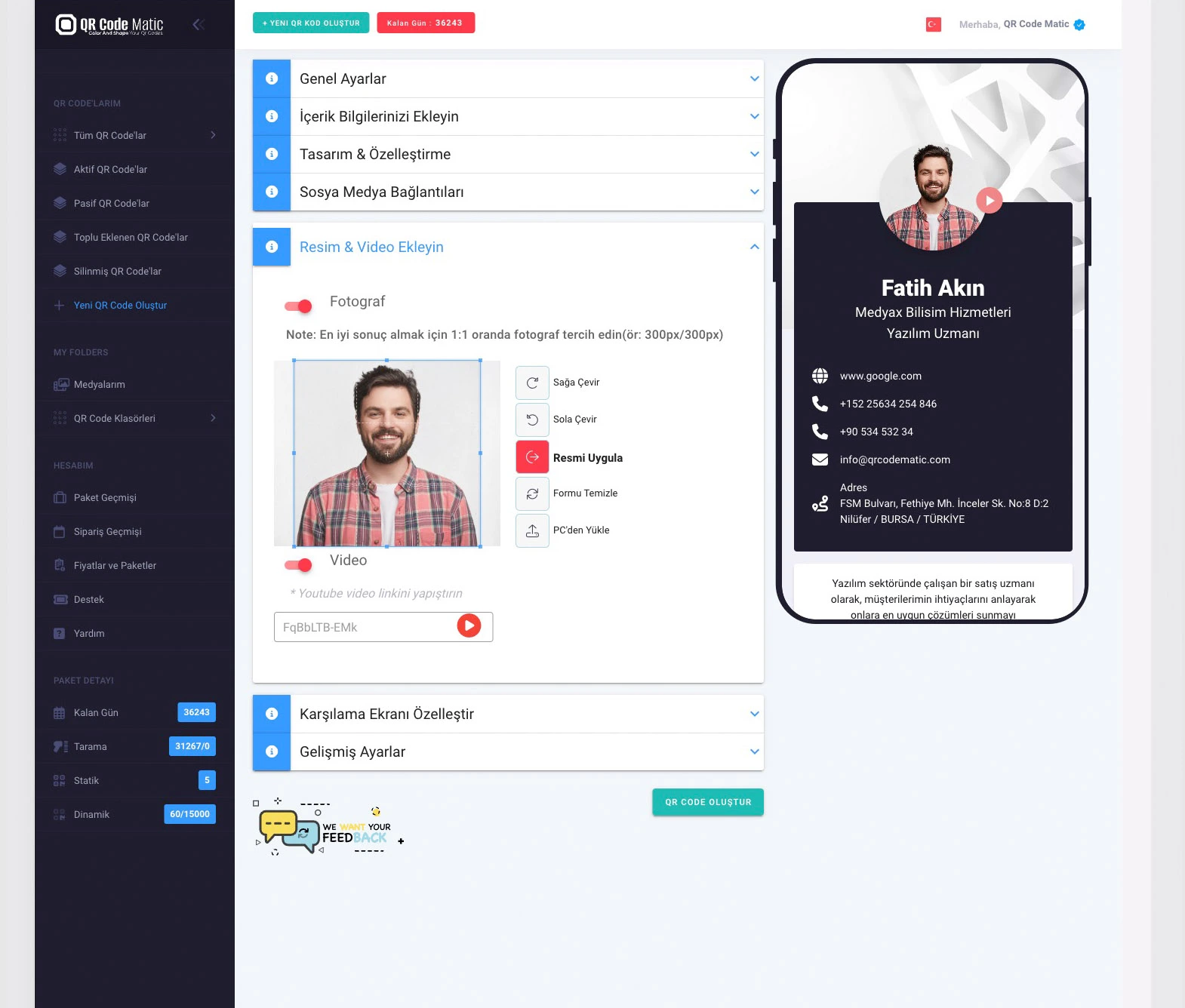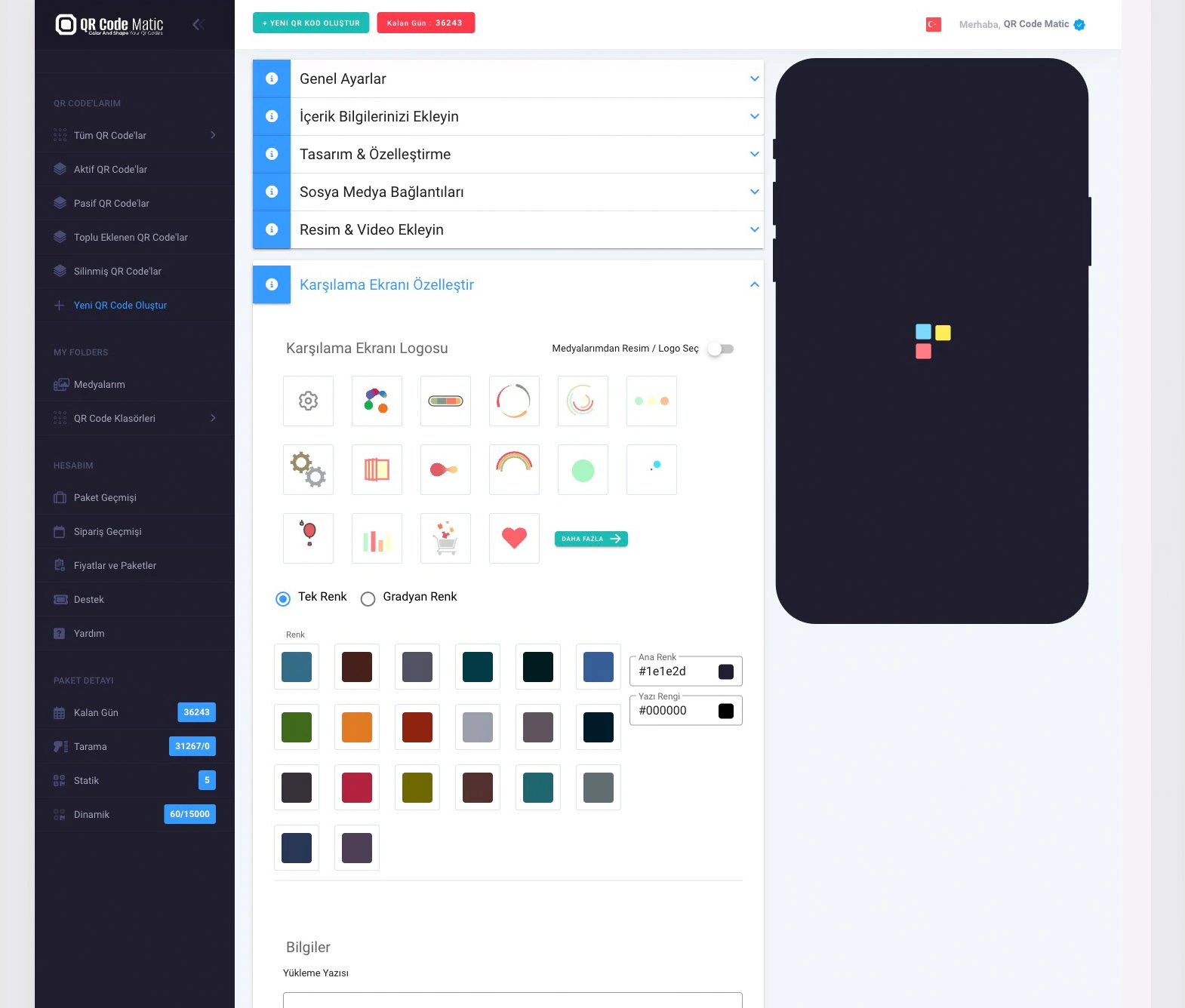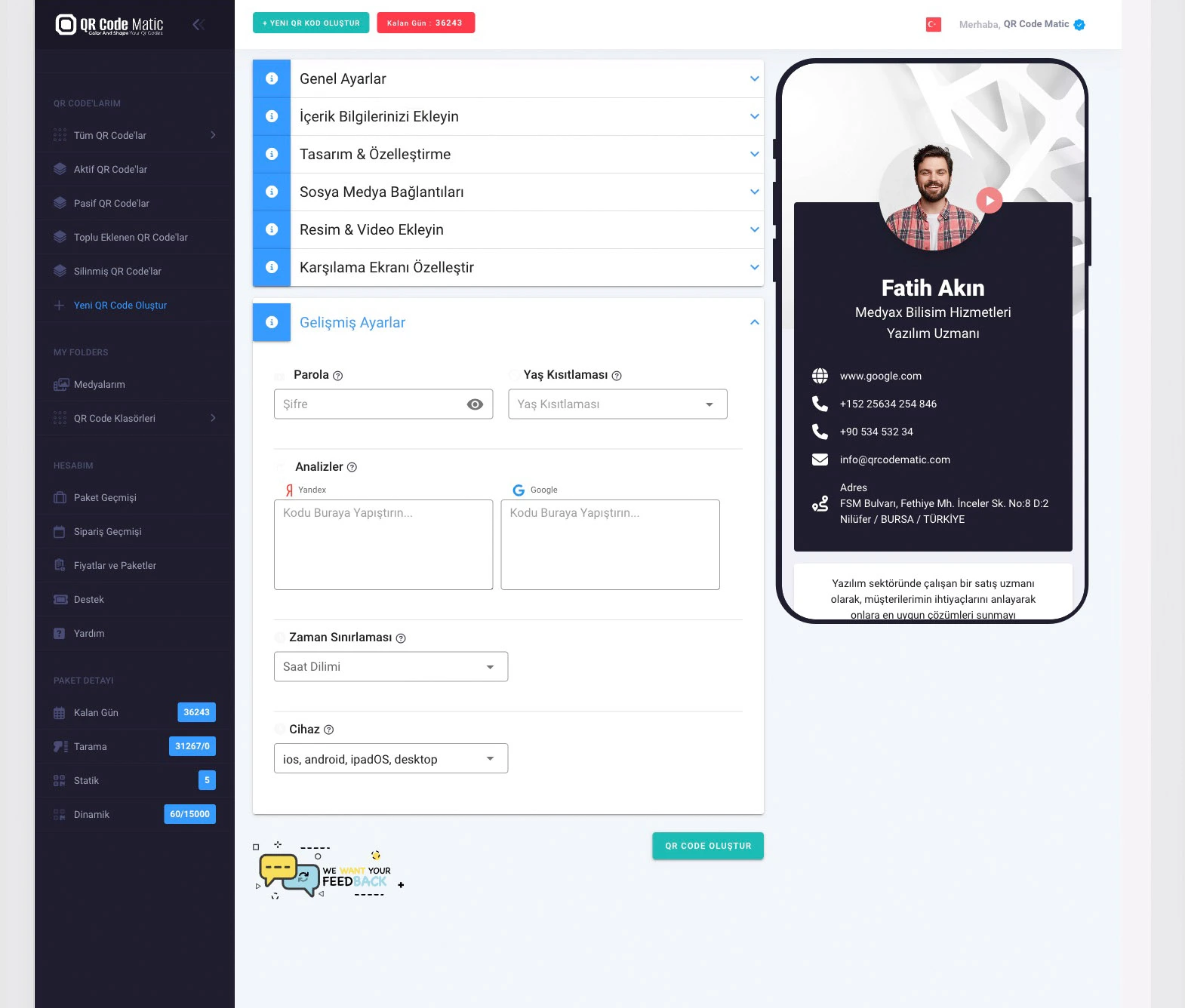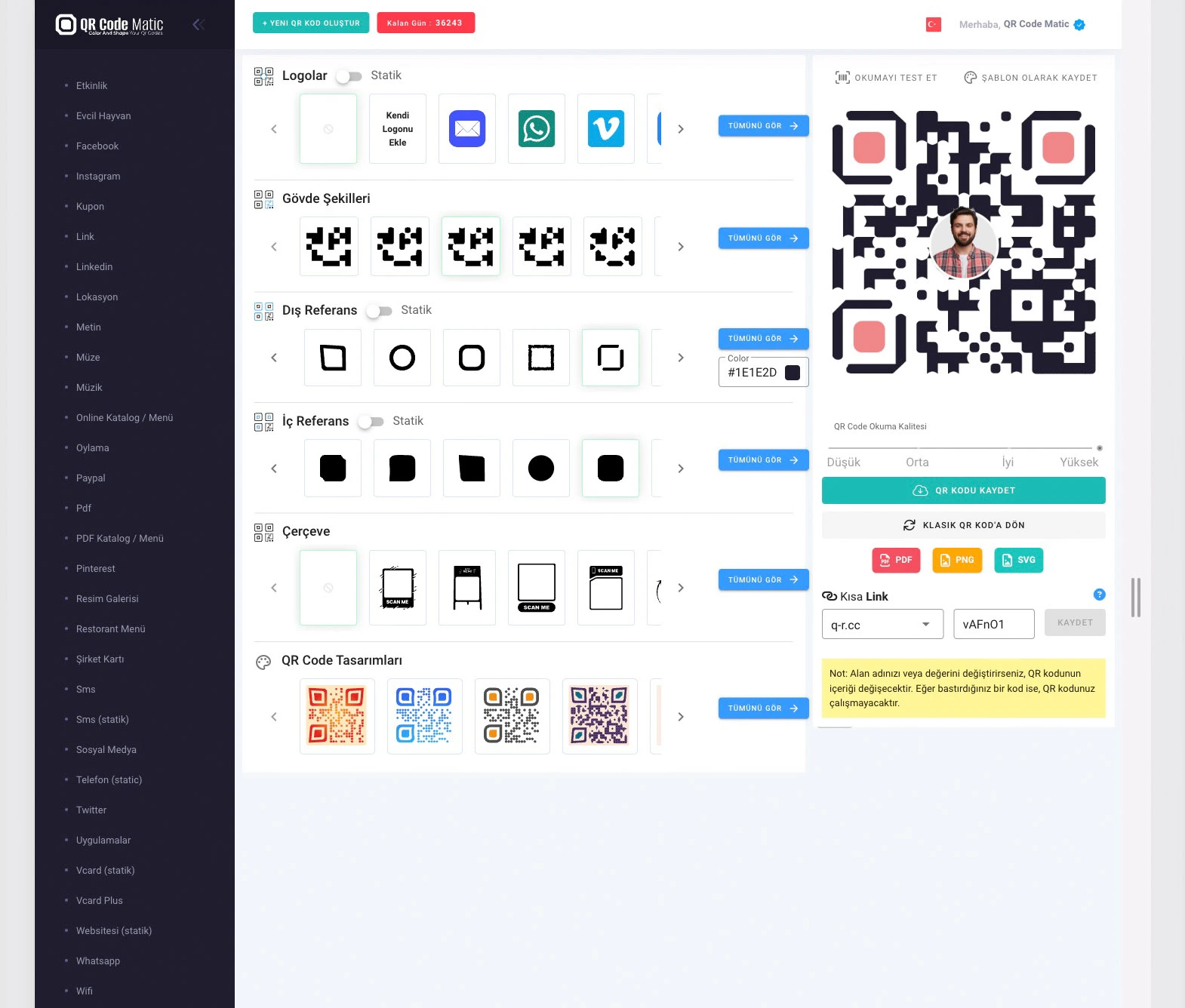QR codes can be an effective marketing tool when used in brochures and leaflets. QR codes incorporated into these printed materials are used to attract consumer attention, increase engagement, and provide additional information.
Quick Access to Information: QR codes found in brochures and leaflets allow users to quickly access relevant information by scanning them. For example, by scanning a QR code, users can instantly learn about a product's features, pricing, or discounts. This enables consumers to obtain more information without the need for additional effort.
Expanded Content: QR codes go beyond the limited space of printed materials and provide access to expanded content. By scanning a QR code, users can access a more comprehensive experience, such as videos, audio recordings, image galleries, or interactive content. This allows you to effectively showcase your brand and enables consumers to gain a deeper understanding.
Interactive Experience: QR codes offer an interactive experience for users, enhancing their engagement with brochures and leaflets. When users scan a QR code, they can participate in activities, fill out surveys, or claim discount coupons. This encourages consumers to interact with your brand beyond the printed material.
Tracking and Analysis: QR codes provide valuable data for tracking and analyzing the effectiveness of printed materials in marketing campaigns. Each QR code can be unique, allowing you to track scan counts, usage rates, and customer responses. This data enables you to optimize your marketing strategies and gain insights into the interests and behaviors of your target audience.
Mobile Compatibility and Easy Access: QR codes provide easy access for users as they are compatible with mobile devices. Users only need a smartphone and a QR code scanning app to scan a QR code. This allows consumers to quickly scan the QR code and access information without any additional effort.
Shareability: QR codes encourage users to share printed materials with their friends or on their social media accounts. A user who scans a QR code can share an interesting brochure or leaflet, introduce their friends to your brand, or promote a campaign. This facilitates organic spreading of your brand and helps you reach a wider audience.
Customization: QR codes can be customized to align with your brand's identity and seamlessly integrate into your printed materials' design. By creating a customized QR code that incorporates your brand's colors or logo, you can maintain brand consistency and enhance recognition. This ensures that consumers can immediately identify your brand when scanning the QR code.
Customer Relationships: QR codes can be used to enhance customer relationships and foster loyalty. For example, by scanning a QR code, a user can be offered a special discount or exclusive offer. This encourages customers to return to your brand and helps build long-term customer loyalty.
Innovation and Innovative Image: QR codes can reflect your brand's innovative and forward-thinking image. Using QR codes in printed materials positions your brand as technology-friendly, modern, and innovative. This can increase consumer interest in your brand and help you stand out from competitors.
By using QR codes in brochures and leaflets, you can increase interaction with your brand, provide easy access to information for your customers, and track and optimize your marketing strategies. This enhances brand visibility, strengthens customer loyalty, and stimulates sales.
